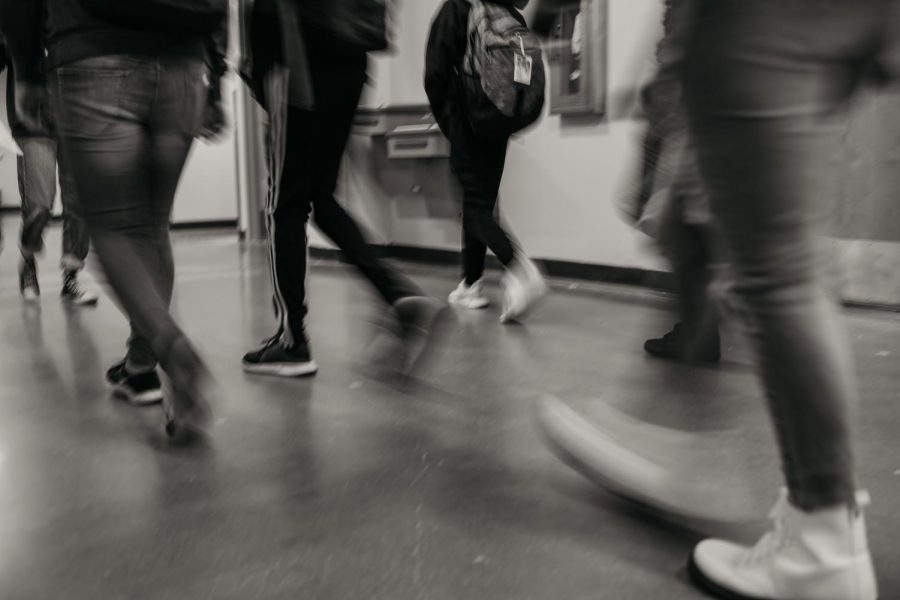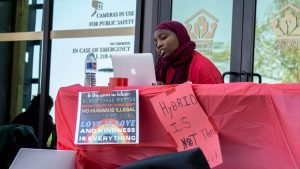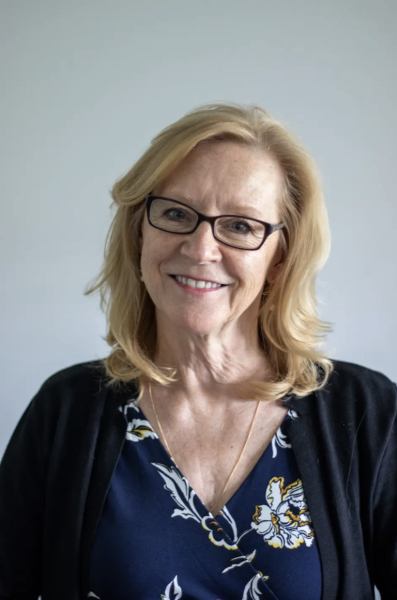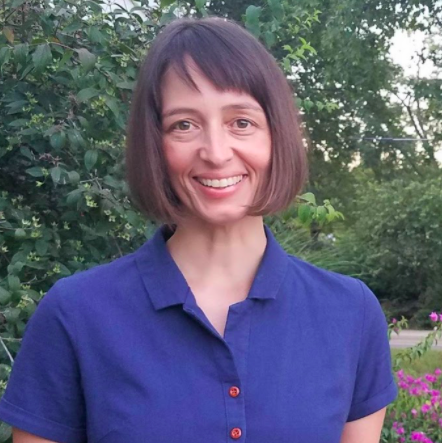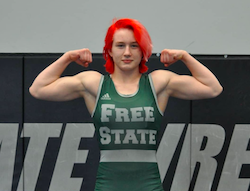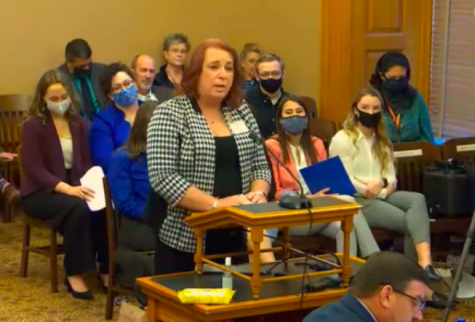District officials discuss precautions during hybrid learning
For hybrid, USD 497 officials say the district is prioritizing safety, but some worry it is not doing enough.
As hybrid plans start to roll into effect, students and faculty are asking questions about the precautions needed to keep everyone safe.
Principal Myron Graber said that plans have been put in place to keep the school safe and clean for students who choose to do hybrid.
“Each classroom is equipped with a bottle of cleaner and towels,” Graber said. “We’ve eliminated most of the chairs out of the commons area so every chair is spaced 6 feet apart.”
Classrooms are also being deeply cleaned and disinfected at the end of each day. Common areas are being cleaned more frequently.
“High touched surface areas will be [cleaned] hourly,” Graber said
As for masks, students are required to wear face coverings at all times while inside the school.
“There are very few people who have medical exemptions, so if someone has a medical exemption, that’s different,” Deputy Superintendent Anna Stubblefield said. “If you’re in our facilities, masks are required.”
Alongside cleaning and mask protocols, the district also has a plan for when a student or teacher tests positive for COVID-19.
“We’ve had positive cases in the district, and we follow the guidelines of the local health department,” Stubblefield said. “We describe what the situation was and then they tell us, based off that, if it’s considered close contact and a need to quarantine. We as a district don’t determine that, we follow the guidelines of the health department.”
Although Graber and Stubblefield are confident in efforts to make sure the hybrid plan is as safe as possible for students and faculty, many still have their doubts.
For example, USD 497 board member Shannon Kimball voted against the decision to transition to hybrid and has been outspoken about her concerns. Kimball’s husband works at Lawrence Memorial Hospital.
“I think that my exposure to medical literature and science is maybe more immediate because I have that resource,” Kimball said. “COVID is something we have to take very very seriously. It is a health and safety threat, particularly to those people who are most vulnerable to the worst outcomes from contracting the virus.”
Kimball wants students to know she is not against the idea of a hybrid model but argues it needs to be clear students are safe before they are sent back to school.
“The public health data really needs to guide the assessment of the risk that we are facing,” Kimball said. “And then once you’ve determined what that real risk level is, the decision about whether it’s safe enough to be in person also depends upon what mitigation strategies you can put in place.”
Currently, USD 497 is in the county health department’s yellow phase of school reopening guidance, meaning any high-risk activities are restricted at the middle and high school levels. The school guidance shifted back to yellow after one week in the green phase, due to a slight positivity rate increase at the end of October.
The transition to hybrid came after a long planning period and a split school board vote in September. Board members in favor of hybrid voiced concerns about students who were “slipping through the cracks” during remote learning.
“I think the most important benefit will be more from the social-emotional standpoint,” Graber said. “Just being able to see a teacher in person and talk with them is beneficial.”
Despite her safety concerns, Kimball also acknowledges some students are anxious to get back to the classroom.
“It’s OK to grieve the things that you’re missing out on because of how different things are during this pandemic,” Kimball said. “But also at the same time, try to look for those opportunities to learn and grow from the experiences that you’re having.”


